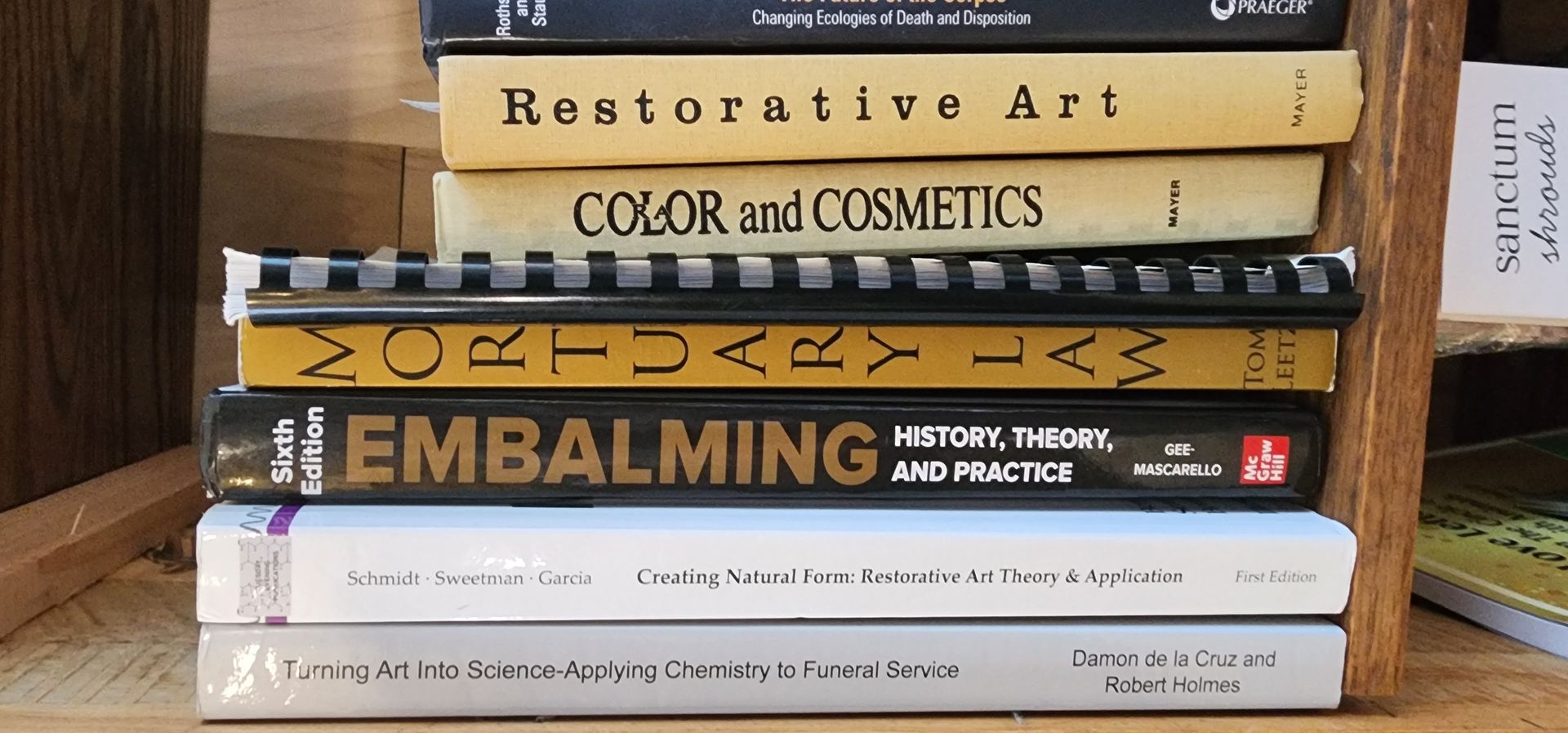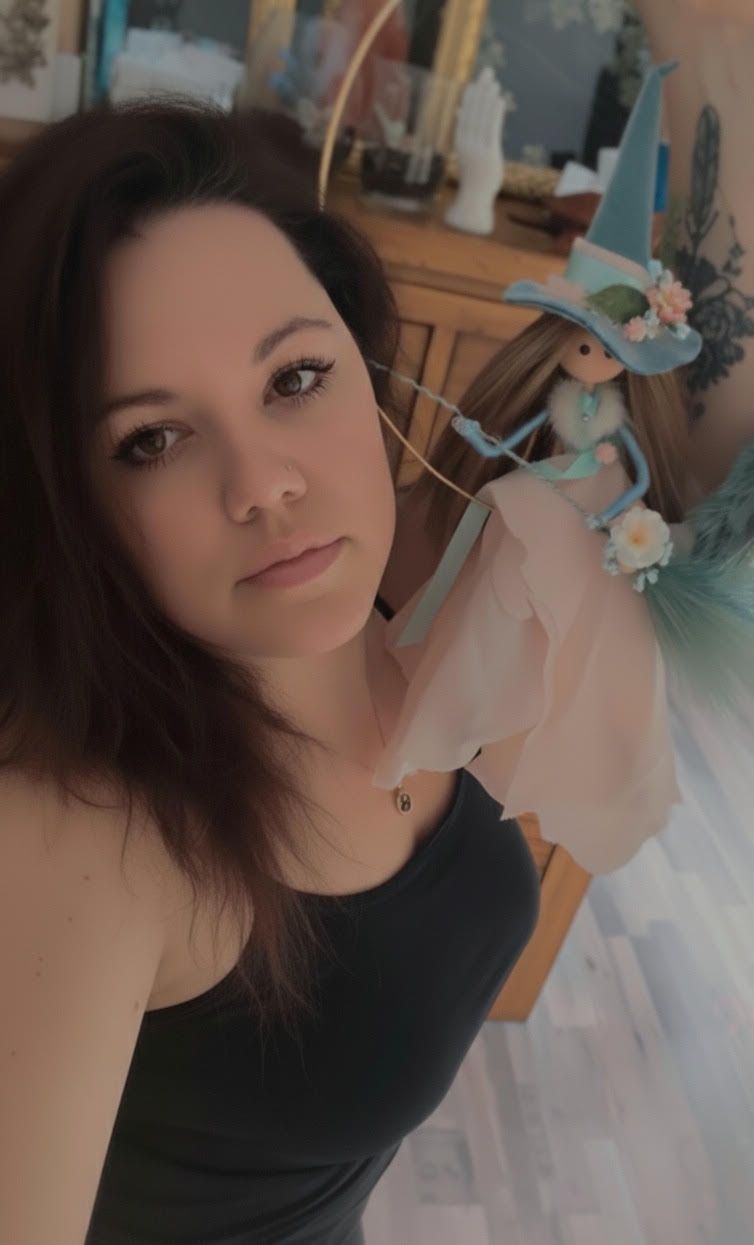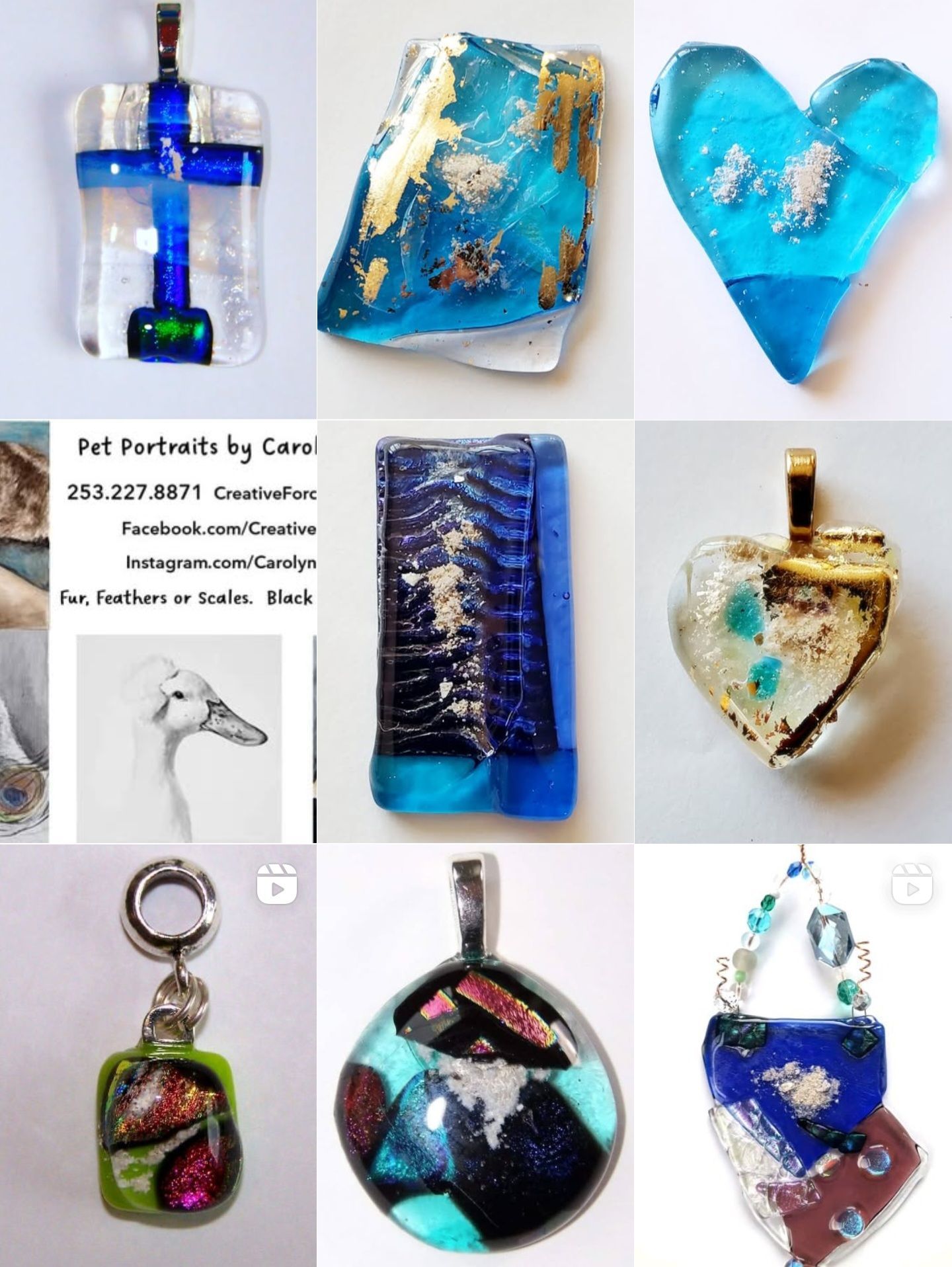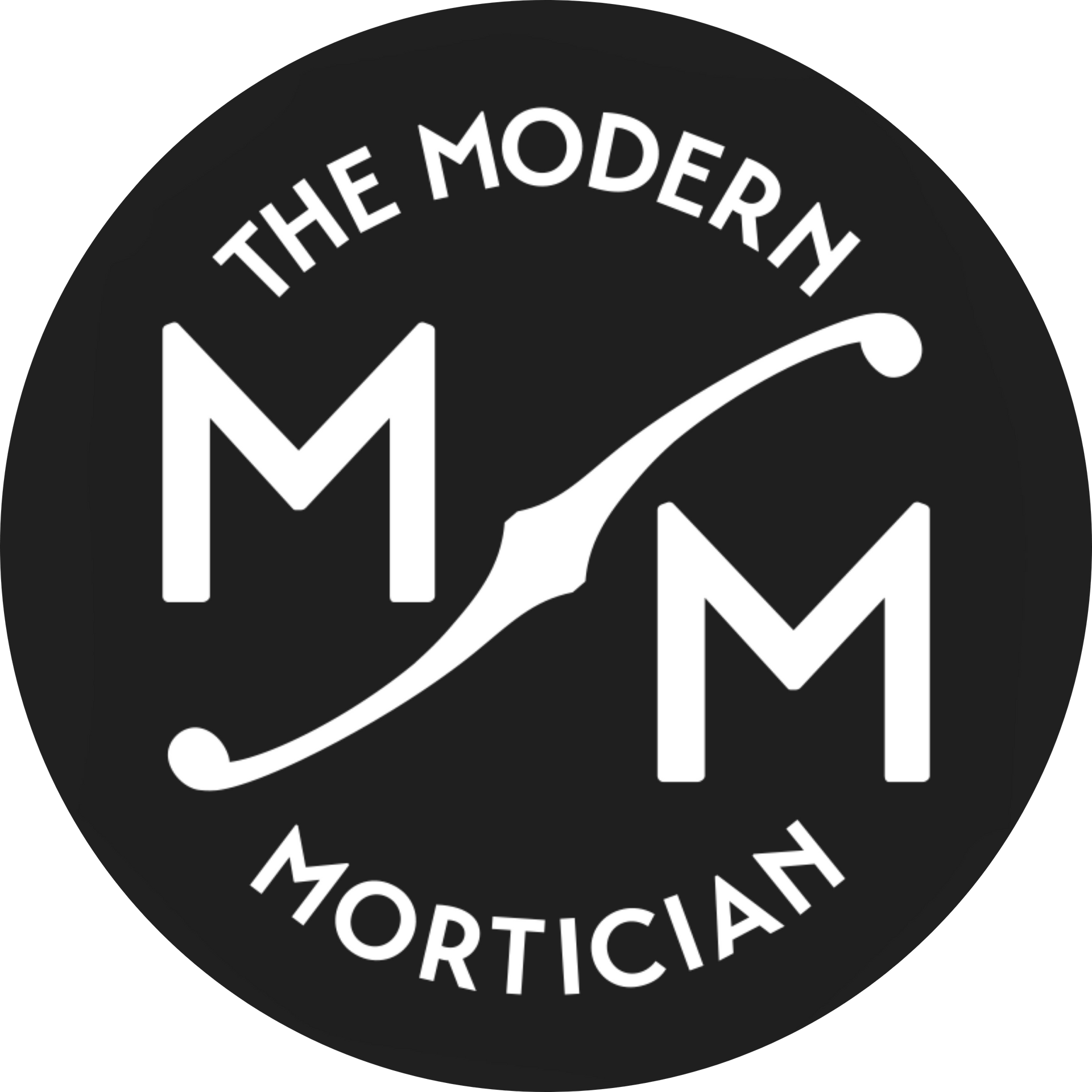Memorial Diamonds, and Why I Trust Eterneva as an Experienced Funeral Pro
Memorial Diamonds, and Why I Trust Eterneva as an Experienced Funeral Pro
Did you know Hair or Cremated Remains can become a beautiful memorial diamond?
Over my 20 years in death care, I have known a few different labs that could create memorial diamonds from carbon, but the reason I chose Eterneva was personal, as I strive to build relationships with trusted partners.
I met Adele, the founder of Eterneva, when filming a documentary on alternative end-of-life options. Through the years, meeting companies and entrepreneurs entering the "death space", I have seen many in the industry angling toward profiting from loss. In meeting Adele, it was immediate that she was one of the special few. Her story touched me. She didn't begin her lab in search of money, she did it through a conscious heart — as a lasting memorial to someone she loved and admired.
Memorial Diamonds and the journey to receiving yours is exactly that... a journey. And Eterneva is there every step of the way. Through a collaborative and surprisingly uplifting process, Eterneva helps families and friends honor the bright moments of a life, be it pet or person.
To create its diamonds, Eterneva requires one cup of cremated remains (flame or water) or hair/fur for those that choose burial or still have a living counterpart . Some of this material you send in is stored as a backup, while the rest is sent to the lab in Austin, Texas, which applies hundreds of thousands of pounds per square inch of pressure over time to create your unique memorial diamond.
Once the rough diamond is formed, it is sent to one of several cutters they work with to create your perfect stone. Eterneva keeps its customers updated throughout, with each client being assigned one contact person to see the process through from start to finish. Emails, videos, and photos are sent to you along this journey. When the time comes to deliver the finished product, they'll arrange for hand delivery of your beloved stone to you, leaving a beautiful final memory on their journey back to you.
Personally, I know I want to have a memorial diamond made from Kermit the Dog. He has heterochomia, and his blue eye reminds me of the blue memorial diamonds Eterneva can create. I can't fathom not having him by my side every day, and already the thought of carrying his essence with me forever as a beautiful memorial diamond to halmark our journey on earth together makes me want to cry. I know I would trust Adele and the team at Eterneva to memorialize my good boy best.
If this is an option you are considering for someone dear to you, I hope you know you can reach out to me for guidance with this decision anytime. And if this is a journey you decide to make, I hope you share the outcome with me someday. <3
You can visit Eterneva out on their website here or by clicking the link below. I've also added a helpful FAQ, Frequently Asked Questions graphics below.
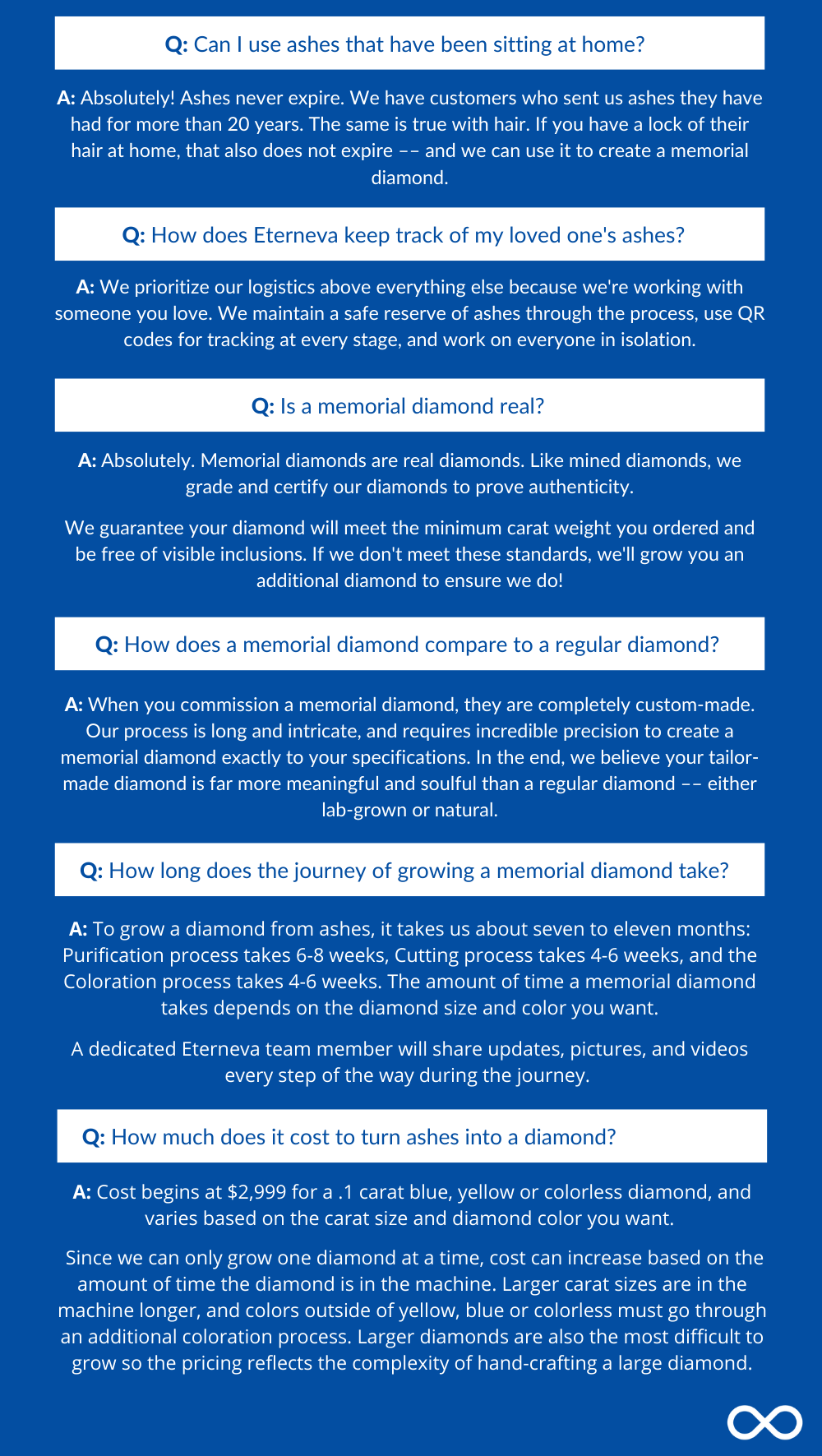
New Paragraph








